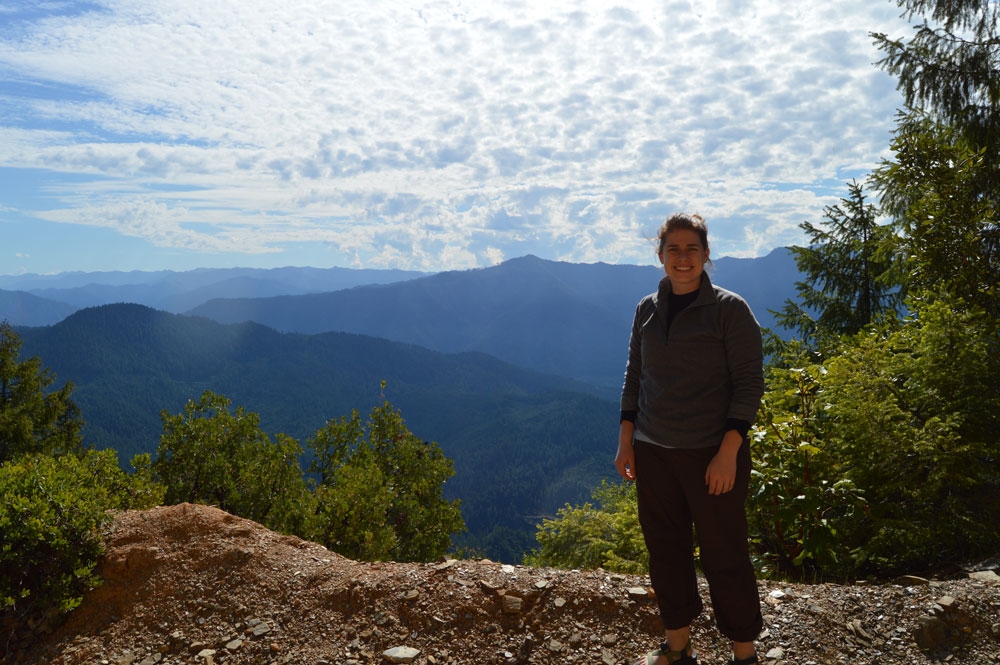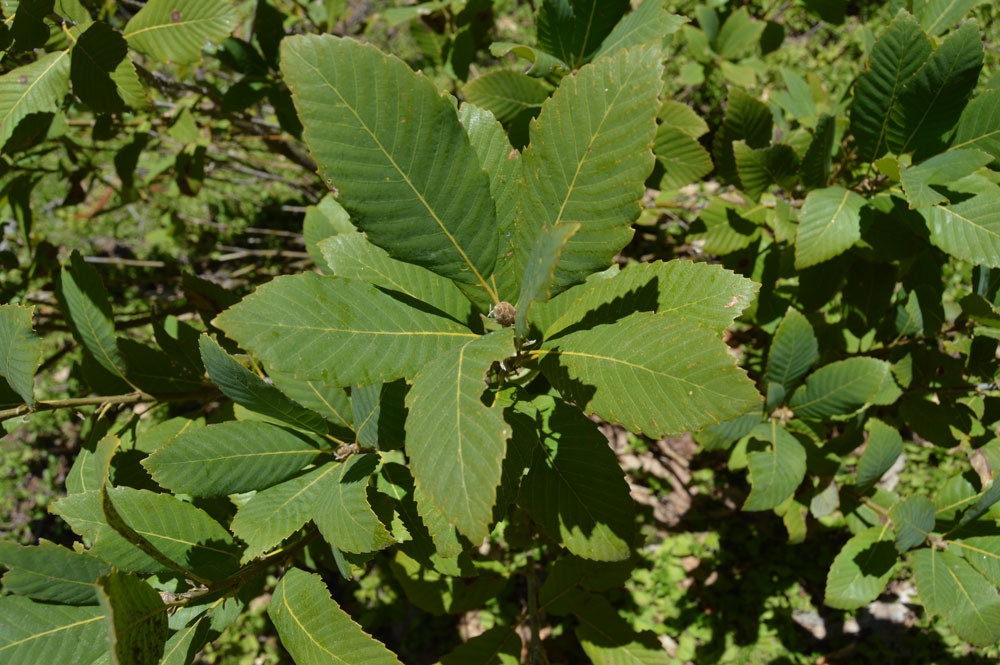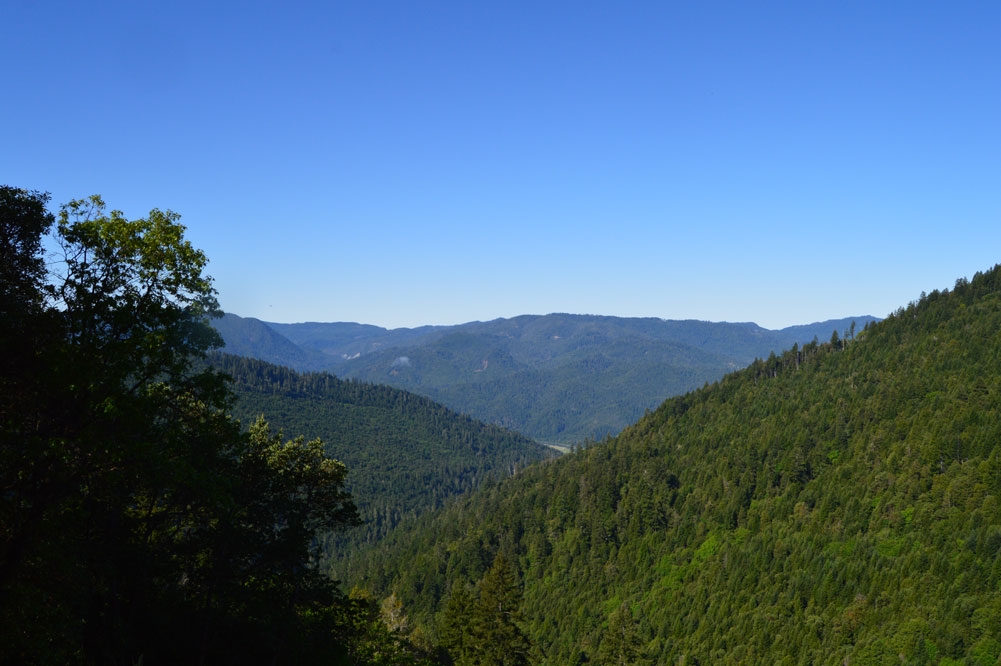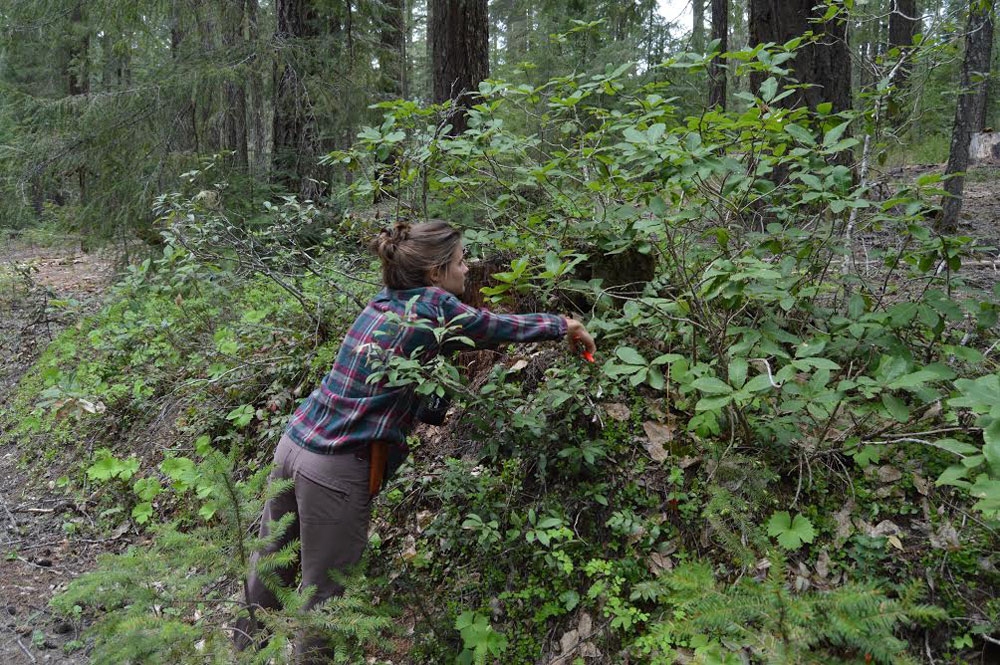Squirrels Aren’t the Only Ones Collecting Acorns
Seed banks, such as the prominent (literally and figuratively) Svalbard “doomsday vault” and the equally important proximate seed vault up in Fort Collins, represent some of the world’s most significant biodiversity hotspots. Many seed banks house seeds of species from all over the world, keeping those seeds at sub-zero temperature conditions until they are needed for restoration or reintroduction purposes. This is a method of conservation that keeps species frozen in time in case of extinction or population destruction. However, not all species are able to tolerate these sub-zero conditions, and as such, other conservation measures must be implemented.
Many public gardens, such as Denver Botanic Gardens, use their living collections as ex situ conservation collections to preserve species that cannot tolerate being stored in a frozen seed bank. These species are termed “recalcitrant.” Perhaps the most charismatic and well-known seed that falls into this category is the acorn.
The American Public Gardens Association and the U.S. Forest Service have teamed up to fund projects that are focused on conserving rare or threatened tree species that have recalcitrant seeds and would therefore benefit from inclusion in public gardens. Gardens’ employees submitted a grant for this opportunity in late 2017 in collaboration with Chicago Botanic Garden, Morris Arboretum of the University of Pennsylvania, and Bartlett Tree Research Lab. In early 2018 the project was funded to target Quercus sadleriana (Sadler’s oak or deer oak), a near-threatened shrubby oak species native to northern California and southern Oregon. This oak was chosen because it is hardy to USDA Zone 5 and therefore a suitable climatic match for Denver, as well as the other participating public garden locations.
Just a couple of weeks ago, Jessa Finch, Ph.D. candidate at Chicago Botanic Garden, and I traveled to northern California to scout for populations of Sadler’s oak, as that area has been subject to numerous wildfires and mud slides in recent years and historic populations may have been destroyed. Populations in northern California were targeted, as the current genetic diversity of the species represented in collections in public gardens does not incorporate these southernmost populations of the species’ range. Rather, most seed collections have come from Oregon and the far northern extent of California.
Driving through the Klamath Mountains, surrounded by pines and redwoods, we entered the Six Rivers National Forest, only to stumble upon Sadler’s oak right inside the national forest boundary along the road. Sadler’s oak isn’t the typical oak that we think of, or have here in Colorado. Rather than a soaring, majestic white oak or the quirky, crooked Gambel oak, Sadler’s oak is a diminutive (for oak standards), spreading shrub, but nonetheless charming in its own right. As the days went on, we continued to navigate through various national forests (Six Rivers, Klamath, and Shasta-Trinity), terrain, and beautiful scenery, finding large and healthy populations of Sadler’s oak along the way. Other than a couple of road closures due to landslides that prevented us from getting to some populations, we had great success in finding populations suitable for acorn collection in the fall.
For each population, we collected two herbarium vouchers (one to be kept in the Kathryn Kalmbach Herbarium at the Gardens and one to be deposited in the United States National Arboretum Herbarium) and leaf tissue samples, which will provide valuable data on the species now and into the future.
In the fall, a group will return to the located populations to collect acorns. These acorns will be distributed to public gardens across the United States – Denver Botanic Gardens, Chicago Botanic Garden, Bartlett Arboretum in Charlotte, NC, Morris Arboretum in Philadelphia, Hoyt Arboretum in Portland, and the University of California Botanical Garden in Berkeley – to be propagated and included in living collections as an ex situ conservation collection. Although populations of the species seem large and healthy currently, the species has a restricted range and the future is uncertain. Growing ex situ conservation collections of this species will provide insurance for the species in case of population destruction or extirpation.






Add new comment